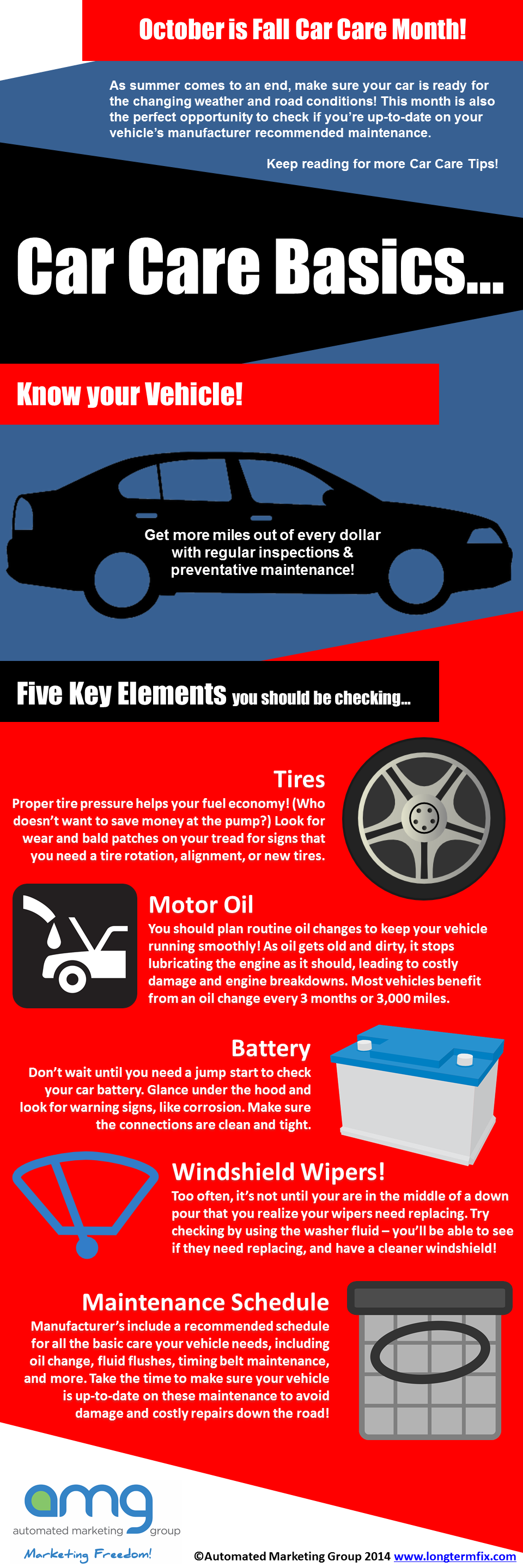Wondering About The Meaning Behind Those Dashboard Warning Lights? Gain Insights Into Their Ramifications For Your Automobile'S Security And Upkeep
Wondering About The Meaning Behind Those Dashboard Warning Lights? Gain Insights Into Their Ramifications For Your Automobile'S Security And Upkeep
Blog Article
Created By-Sykes Dalgaard
When you're behind the wheel, those beautiful caution lights on your dashboard can be a bit complicated. Do you know what they're trying to inform you about your auto's health and wellness? Understanding the significance of these lights is crucial for your security and the longevity of your automobile. So, the next time one of those lights turns up, wouldn't you intend to analyze its message precisely and take the essential steps to resolve it?
Common Warning Lighting and Interpretations
Recognize common caution lights in your automobile and understand their significances to ensure risk-free driving.
The most normal warning lights consist of the check engine light, which signals issues with the engine or exhausts system. If this light comes on, it's crucial to have your car inspected quickly.
car detiling cautioning light indicates low oil pressure, requiring instant focus to prevent engine damages.
https://brakepadsandrotors84061.buyoutblog.com/31262573/the-influence-of-automobile-outlining-on-resale-value-insights-from-research-study blinking battery light could suggest a malfunctioning charging system, potentially leaving you stranded otherwise dealt with.
The tire stress monitoring system (TPMS) light alerts you to low tire stress, impacting lorry stability and gas efficiency. Disregarding https://mynbc15.com/news/local/auto-body-shops-hit-with-supply-chain-issues might lead to risky driving conditions.
The ABS light suggests an issue with the anti-lock braking system, jeopardizing your capability to stop swiftly in emergencies.
Finally, the coolant temperature level alerting light warns of engine getting too hot, which can cause extreme damages if not solved swiftly.
Understanding these common caution lights will aid you attend to issues quickly and preserve safe driving conditions.
Relevance of Prompt Focus
Comprehending the common warning lights in your cars and truck is just the initial step; the importance of without delay dealing with these warnings can not be emphasized enough to guarantee your safety on the road.
When a warning light brightens on your dashboard, it's your automobile's way of communicating a possible issue that requires attention. Ignoring these cautions can cause more serious troubles in the future, compromising your safety and possibly costing you a lot more out of commission.
Motivate interest to alerting lights can stop breakdowns and mishaps. As an example, a blinking check engine light could show a misfire that, if left ignored, can cause damages to the catalytic converter. Addressing this immediately can save you from a pricey repair work.
In a similar way, a brake system cautioning light might indicate reduced brake liquid or used brake pads, essential elements for your safety when driving.
Do It Yourself Troubleshooting Tips
If you observe a warning light on your control panel, there are a couple of do it yourself troubleshooting pointers you can attempt prior to looking for professional help.
The initial step is to consult your cars and truck's guidebook to comprehend what the particular warning light suggests. Occasionally the concern can be as straightforward as a loosened gas cap setting off the check engine light. Tightening up the gas cap may settle the trouble.
An additional common problem is a reduced battery, which can cause various alerting lights. Inspecting the battery links for rust and ensuring they're secure could deal with the trouble.
If a warning light persists, you can try resetting it by disconnecting the auto's battery for a few minutes and after that reconnecting it. Additionally, checking your vehicle's liquid levels, such as oil, coolant, and brake liquid, can assist repair warning lights connected to these systems.
Final thought
Finally, recognizing your vehicle's caution lights is essential for maintaining your lorry running smoothly and securely. By immediately dealing with these signals and understanding what they suggest, you can avoid expensive repair services and potential failures.
Bear in mind to consult your car's guidebook for certain information on each warning light and act appropriately to guarantee a hassle-free driving experience.
Remain notified, stay risk-free when driving!
